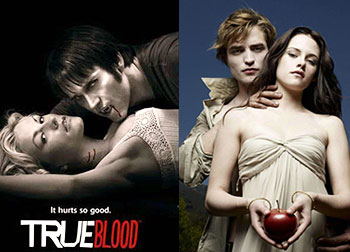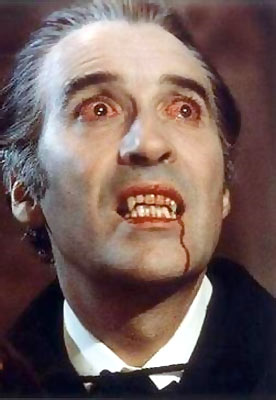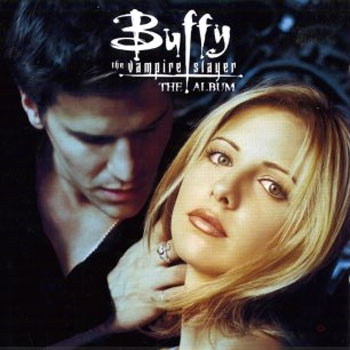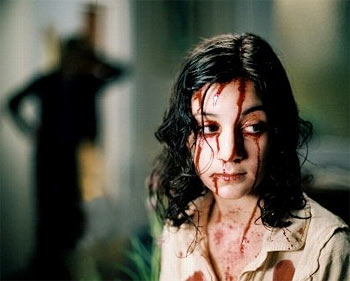
Hollywood was never the hardest virgin to seduce. It took but a penetrating glance and cinema succumbed, stretching out its smooth, bare neck and letting the mythical creatures sink their fangs into our collective imagination.
Vampires are 'in' right now, thanks to bloodsucker-filled television show True Blood and Stephanie Meyer's Twilight series, but they've been a distinct part of the Hollywood imagination right from the 1920s -- long before they became trending topics on Twitter.
Things truly commenced with FW Murnau's legendary Nosferatu, a 1922 silent classic that set the ball rolling for screen representations of Dracula.
The vampire had been discussed on screen even before, but Nosferatu was a breathtaking step forward in terms of cinematic language and gothic expression, and remains a must-watch.

Popular cinema got its first taste of Dracula when Tod Browning adapted Bram Stoker's 1897 novel to the big screen, and an actor named Bela Lugosi was cast in and as Dracula.
It was the first talkie with Dracula in it, and the public lapped up Lugosi's strong Hungarian accent. The actor was a perfect fit for the part, his chillingly minimal makeup working massively in favour of the character's mystique, and to this day remains the definitive screen vampire.
Vampires had captured the public's imagination, and while spin-offs ranged from the dark Dracula's Daughter to a parody featuring Bud Abbott and Lou Costello, the caped bloodsucker was everywhere.
As a literary character, Dracula has had the most screen adaptations of all time -- second only to Sherlock Holmes.

In the 1950s, UK-based Hammer films trained their eyes on Dracula. The horror filmmakers made low-budget but exceedingly entertaining gothic films. This period saw them rise to their cult heights with the 'Hammer Horror' series dominating the global horror film market.
Their choice for the Dracula role was British actor Christopher Lee, and he spectacularly recreated Dracula for a new cinematic generation.
Lee's smashing debut in 1958's Dracula led to seven sequels for the franchise, and the bloodsucking Count was well and truly thriving.

The 1970s saw vampire characters move beyond Dracula and several films were made around women vampires, mostly lesbians.
Vampire literature, including Marvel Comics' Blade, was beginning to explore the role of the vampire hunter. In the 80s and 90s, the growing popularity of Anne Rice novels led to the successful multistarrer adaptation of Interview With The Vampire, starring Tom Cruise and Brad Pitt.
Blade itself turned into an initially profitable film-franchise, while Buffy The Vampire Slayer was a parodic film that ended up being adapted into a slick television action/drama series of the same name, one that went a long way towards popularising vampires in mainstream Hollywood. The series led to a spin-off, Angel.

Today, vampires are all over the screens. Blood Ties and True Blood are just two successful vampire-themed shows, and movies like Let The Right One In show that critics too can be completely enchanted by those who live on blood.
Filmmakers like Quentin Tarantino have dabbled with them in movies like From Dusk Till Dawn, and we are seeing Stephanie Meyer's book-to-film franchise spread like an epidemic. The second book in the Twilight series New Moon will release in theatres in December in India.
Vampires have always been knee-bucklingly sexual creatures, and it's no surprise that they continue to fascinate the paying public.
The relationship between the sensual and the macabre is a twisted, compelling one, and the vampire mythology preys on our basest instincts. Lust. Blood. Hunger. Just like vampires, their needs and ours are immortal.